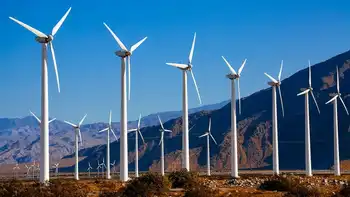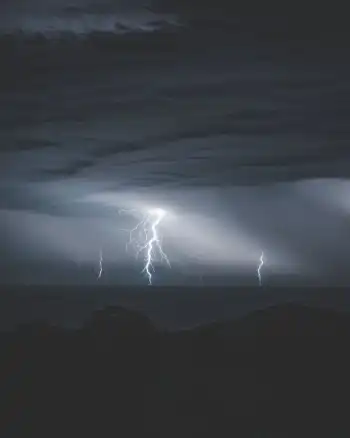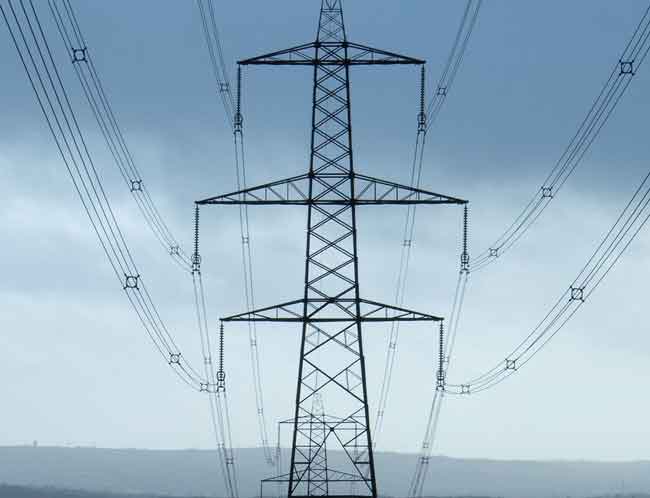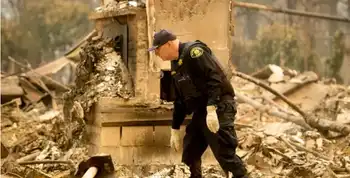EPA moves to regulate smokestack greenhouse gases
By Associated Press
Substation Relay Protection Training
Our customized live online or in‑person group training can be delivered to your staff at your location.

- Live Online
- 12 hours Instructor-led
- Group Training Available
The EPA proposal would require polluters to reduce six greenhouse gases by installing the best available technology and improving energy efficiency whenever a facility is significantly changed or built. The rule applies to any industrial plant that emits at least 25,000 tons of greenhouse gases a year.
These large sources are responsible for 70 percent of the greenhouse gas emissions — mainly carbon dioxide from burning fossil fuels — that are released in the U.S., the EPA said.
"By using the power and authority of the Clean Air Act, we can begin reducing emissions from the nation's largest greenhouse gas emitting facilities without placing an undue burden on the businesses that make up the vast majority of our economy," EPA Administrator Lisa Jackson said. "We know the corner coffee shop is no place to look for meaningful carbon reductions."
Earlier this year, the Obama administration announced that it would start developing the first-ever greenhouse gas emissions standards for cars and trucks. Those regulations, which would take effect in 2010, compel the EPA to control greenhouse gases from large smokestacks as well, the agency said.
Industry groups immediately questioned the agency's argument. They charged that the EPA was skirting the law, since the Clean Air Act typically covers any facility releasing more than 250 tons a year of a recognized pollutant. That threshold would require more facilities to fall under the new regulations.
"This proposal incorrectly assumes that one industry's greenhouse gas emissions are worse than another's," said Charles T. Drevna, president of the National Petrochemical and Refiners Association.
Jeff Holmstead, a former top EPA air pollution official who is now a lobbyist for the energy industry, said the agency was trying to "fit a square peg into a round hole."
"Normally, it takes an act of Congress to change the words of a statute enacted by Congress, and many of us are very curious to see EPA's legal justification for today's proposal," Holmstead said.
Jackson, speaking at a news conference at a climate change summit being hosted by California Gov. Arnold Schwarzenegger, said the rule was legally defensible.
"The EPA would not propose a rule that we didn't believe... made good legal sense," she said.
"EPA would not propose a rule that did not make legal sense," she said.
The EPA's announcement came hours after Senate Democrats unveiled legislation that would set limits on the amount of greenhouse gases from large industrial sources. The Senate bill, unlike the House-passed version, preserves the EPA's authority to regulate under the Clean Air Act.
Environmentalists said the two efforts go hand-in-hand.
"You can't have one without the other if we're going to be successful in moving America to clean energy," said Emily Figdor, director of the global warming program at Environment America, an advocacy group.
The move will likely increase pressure on Congress to pass a bill to avoid less-flexible, and what Republicans said would be more costly, regulations. Supporters of the legislation have already used pending EPA rules as leverage to get Congress to act.
Senate Republicans have already attempted to block the EPA from issuing regulations to buy more time for Congress to work on a bill. At least one Republican leader, Sen. James Inhofe of Oklahoma, said that Congress would try to stop the EPA again.











